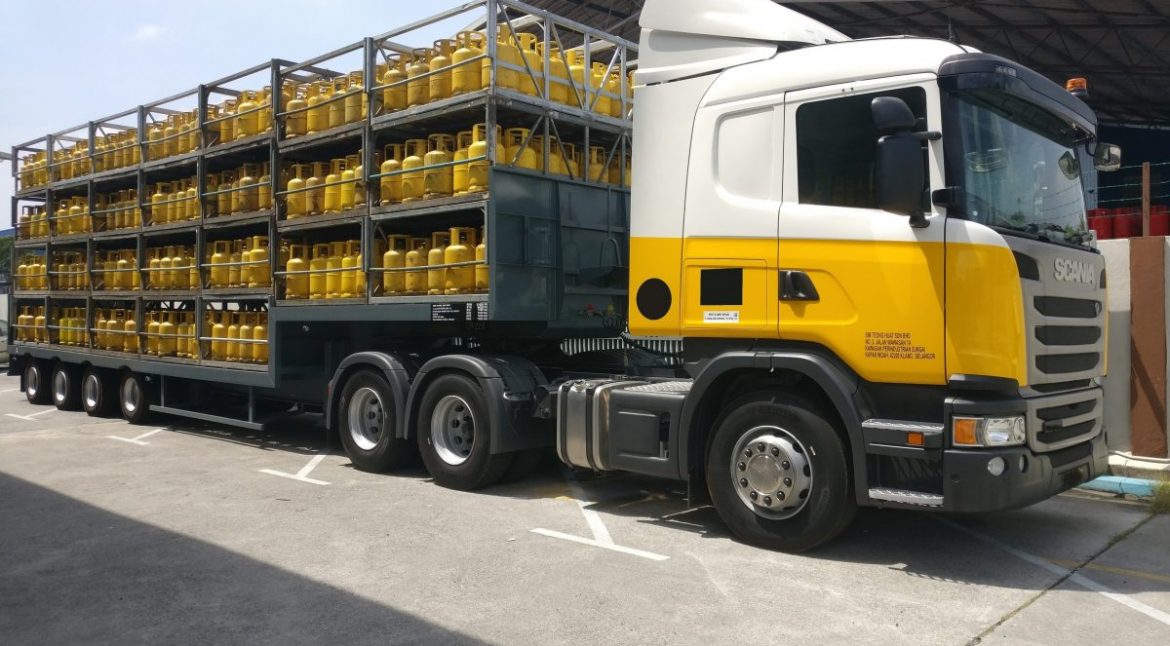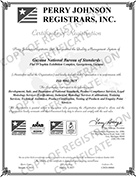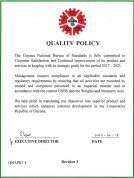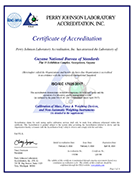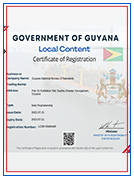Sometimes we overlook the efforts needed to ensure safety, especially since these efforts have already been put in place by businesses and organisations from where we source our goods and services. Taking the example of common Liquefied Petroleum Gas (LPG) cylinders, better known as cooking gas cylinders; these have become a common commodity in homes with gas stoves and though they are used daily, little thought is given to their safety.
Standards ensure safety; the GYS 264:2005 Standard provides the Specification for the storage, handling, and transportation of LPG cylinders and ensures a great level of safety for those conforming to it.
Liquid petroleum gas is a highly flammable combination of hydrocarbon gases such as propane, butane, and isobutane, all derived from oil and gas wells. They have a number of domestic applications, the most common being cooking but if stored or handled inappropriately can cause a lot of damage. In essence, the gas cylinders which we use at home contain these gases put under such extreme pressure that they become liquid at room temperature. This provides easy carriage and access to large quantities of the gas as they occupy less volume in liquid form.
Naturally, their container must be built to handle such extreme pressure while preventing leakage and possess a single well-fortified outlet/ inlet that provides for the extraction of the gas for use and refilling. This is why LPG cylinders were created; and to ensure that they maintain the purpose for their use, the Standard was developed.
A reminder must be given for the storage precautions that need to be applied when keeping these cylinders either outdoors or indoors, such as storage away from corrosive substances or excessive temperature and in areas where there is minimal tampering or physical damage, as well as well ventilated areas above ground level and out of high traffic areas such as doorways or walkways. They are required to be handled in such a way that their inlet/outlet valves are not compromised in any way and are expected to be carried bodily or rolled on their foot rings and NOT their sides.
In terms of transportation, the Standard sets out the specifications placing emphasis on stacking and securing as well as segregating the cylinders from the transport crew. It is recommended that the vehicles being loaded with the cylinders never exceed the gross weight of the vehicle itself and that all cylinders loaded are determined leak-free before packed. Cylinders need to be separated from not just the cabin and transport crew but also segregated from the engine and exhaust system; in so doing, these cylinders should be transported in open bodied vehicles and fastened securely so that there is a diminished possibility of movement, tipping, or physical damage with restraints which cater for movements that may arise due to acceleration or braking.
An important point to note is that when stacking these cylinders onto vehicles, they must never exceed more than one-quarter of their height above the sides of the vehicle nor should anyone be allowed to travel in the same space as the cylinders. They should not be dropped, thrown, or rolled horizontally on to vehicles but instead trundled on the foot ring or moved on a mobile ramp. Vehicles that carry over 225kg LPG must also be clearly labelled with “fire hazard” and “no smoking” signs and should have at least one fire extinguisher affixed.
Considering all of these, once followed, safety is ensured and incidences such as exploding cylinders, fires, and even overladen toppling vehicles can be evaded.
To purchase a copy of this standard, contact the Standards Information Centre of the GNBS and for more information call us on 219-0064-66, WhatsApp 692GNBS (4627), follow us on Facebook or Instagram @gnbsgy or visit our website www.gnbsgy.org.


